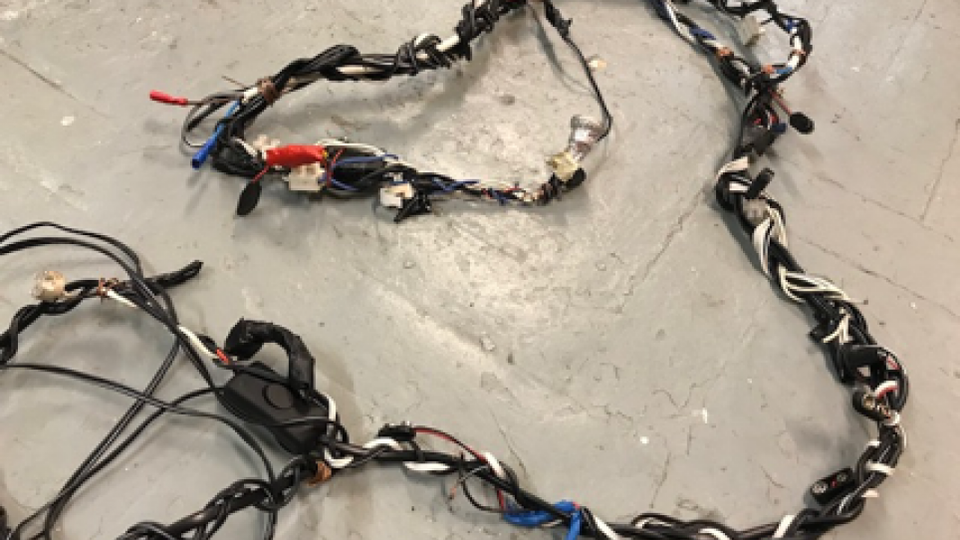Image

Body
The exceeding of design, a tiny moment in a huge creative project, is a thing to be treasured and revered and I want to momentarily pay tribute to such moments in this blog piece.
At one point on 10th April (2018), an elongated, woven cluster of cables appeared. Apparently, this might connect body parts in a strange being; it might offer succour for that strange being in their travel pod; it might be a nod to high-technology. We don’t know yet. But it was an example of that moment of design when you experience a kind of visceral joy, because the designers you are working with articulate – visually - that they are not just in tune with your ideas but exceed them.
Body
In the first blog on Performing Places Bexley, Dr Adelina Ong explains the project at the beginning of her piece. This is a two-year narrative-based arts project, using a metaphor that is intended to provoke a re-viewing of a familiar – and seemingly generic – place (Bexleyheath Broadway) and encourage an ongoing ‘care for place’. In turn, and through increasing place attachment, a greater tolerance of others is intended.
In the midst of the ‘vasty deep’ of this major project with countless key stakeholders, I get to experience tiny critical creative moments: such moments are important! We are in that fragile stage of realising and making manifest a fictional narrative – the centrepiece of the two-year project - to be played out in schools and community workshop settings, and then in the streets around Bexleyheath Broadway. What will the pods look like that hold three ‘stowaway’ youngsters from a parallel universe? What will be the texture of these? How will the human Vists (characters who are a cross between archivist and inventor) be costumed? What will the stowaway ‘other’ beings look like when safely out of their pods? These design/makes have to engage children, youths and all ages of adults and they need to support, demonstrate and fulfil a narrative - that’s not yet fully formed. I had been nervous that the design might not meet the demands.
And so, on the 10th April, we met with our partners Emergency Exit Arts and their Associate Artists Sam Nobel, Emma Garofalo and Patrick Bullock who took us through mood boards, textures, thought processes and early designs. The two hours turned out to be a feast. During this gathering, the plaited cables, waved in the air and articulated with effusive options by Patrick, somehow crystallised a moment for me: of how great design can ‘exceed’. I don’t mean an ‘excess’ of design (although ‘excess’ is perhaps part of it); it’s how it exceeds. It is ‘more’. It’s how design adds, enhances and invokes brand new directions, exciting and jostling an emerging creative narrative. It takes the essence of an idea and grows an extraordinary palimpsest beyond it, exceeding all you had thought of so far.
In the midst of this multiple, pluralist, extended arts project, a tiny moment of exceeding provoked deep pleasure. A woven plait of cables became an icon, for me. There is something of Barthes’ punctum here, a pinprick of emotional response. There is something of ‘excess’ in the sense of Bataille’s excess - boundlessness and transgression: the electric cabling transgressed its normal use for sure. And there is something of that momentary heightening of emotion that might just happen, in the process of devising a complex arts happening. All combined in this most welcome and timely moment of ‘the exceeding of design’.
Note: This blog post is written by Prof. Sally Mackey.
15 May 2018
References
Barthes, R. 1980/2000. Camera lucida. Trans. R. Howard. London: Vintage.
Bataille, G. and Stoekle, A. (1985 [1933]), Visions of Excess: Selected Writings, 1927–39, trans. A. Stoekle, C.R. Lovett and D.M. Leslie, Minneapolis, MN: University of Minnesota Press.
